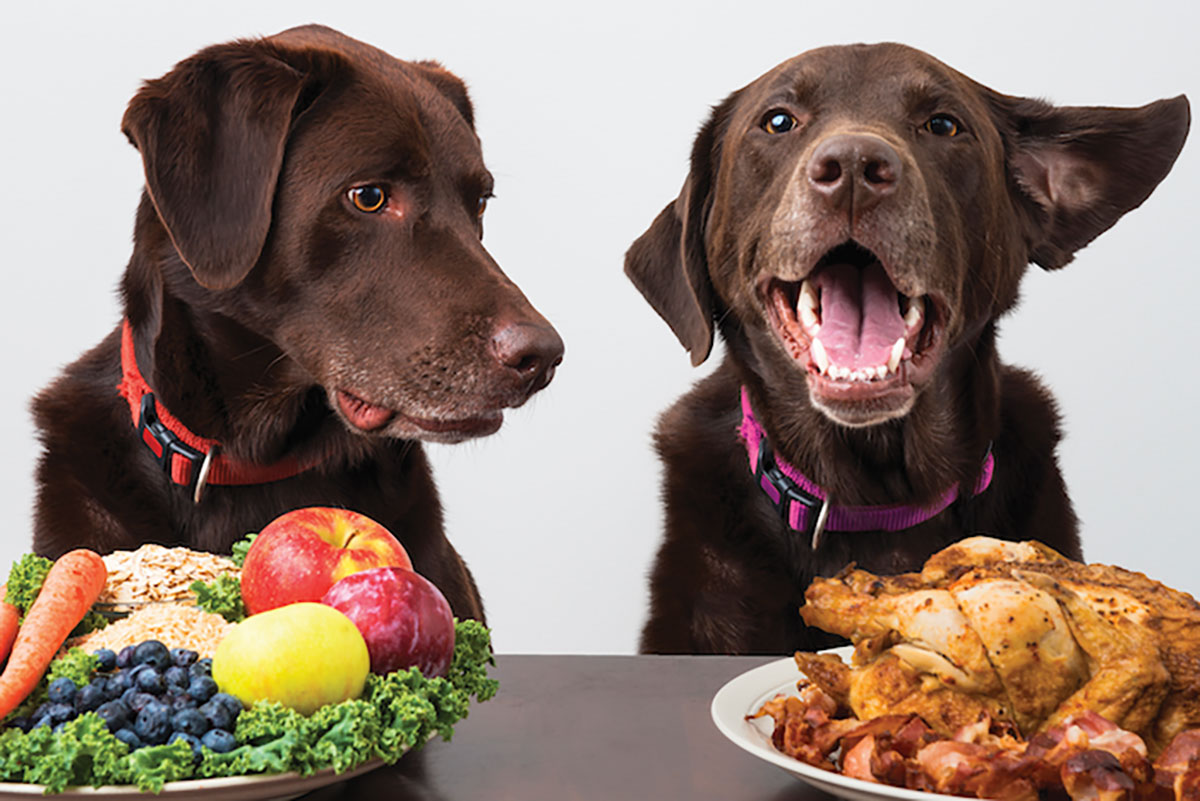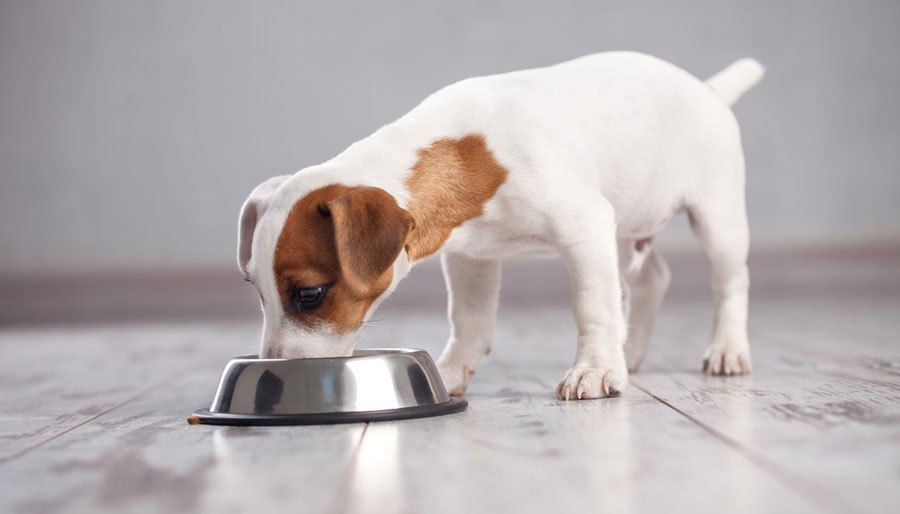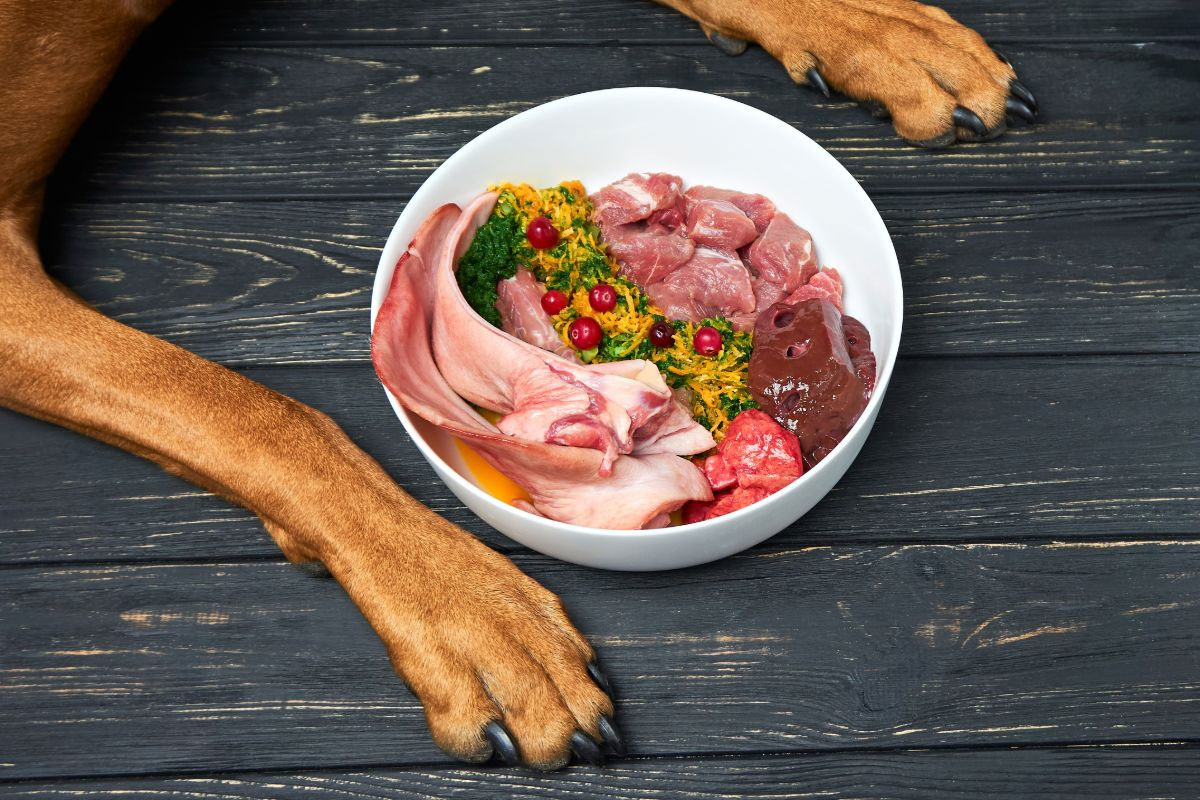Food allergies in dogs are a serious problem that can cause discomfort and negatively affect their health. And one of the key aspects of managing this condition is proper nutrition. In this article, we’ll look at how to feed a dog with food allergies, following the best strategies and recommendations.

Diagnosis of the disease
First of all, it is important to determine whether your pet is actually allergic. The main symptoms may include:
- itching
- skin rashes;
- redness
- inflammation of the ears or skin;
- gastrointestinal disorders;
- nausea.
If you observe such manifestations, a visit to the veterinarian is mandatory to establish a diagnosis. The doctor will conduct the necessary examinations, identify allergens, and select a special dog food that will not cause negative reactions and help relieve unpleasant symptoms.

Strategies for selecting a diet
Managing food allergies in dogs involves eliminating allergens from the diet and choosing a hypoallergenic diet. This will help reduce or avoid unwanted reactions and improve the overall condition of your furry friend. Here are some strategies you can use to feed your pet:
- Hypoallergenic commercial feed. Modern manufacturers are well aware of the problem and offer special diets. Hypoallergenic dog food contains a minimum amount of allergenic components and specially selected ingredients that reduce the risk of negative reactions.
- Monoprotein diet. This strategy is to use one source of protein. You can try meat of rare animals, fish. It is important to exclude any other protein sources from the diet.
- Cooking homemade food. If you choose to feed “natural”, you should think carefully about the composition of the diet. Use ingredients that do not cause allergic reactions. This can be rabbit or poultry meat, allergen-free cereals (rice, potatoes), and a small amount of vegetables.
- Elimination diet. The approach involves the exclusion of all allergenic components from the diet for a certain period of time. After that, gradually introduce new ingredients one by one and observe the dog’s reaction. This will help you identify the specific allergen and avoid it in the future.
It is best to consult your veterinarian before planning a diet. The doctor will help you choose the best approach for your pet.
Portion size and feeding regimen
To maintain optimal weight and health, follow the recommended portion size and number of servings. Consider your dog’s activity and age to determine the daily food intake. It is best to feed your dog several times a day in small portions and on a schedule.

Additional tips
To maintain good skin and coat condition, include sources of omega-3 and omega-6 fatty acids in your diet. They will help reduce inflammation and itching that often accompany food allergies.
After making changes to the diet, observe the animal’s reaction. If the allergy symptoms have decreased or disappeared, this indicates the success of the chosen approach.
Do not neglect the role of the veterinarian in formulating a healthy diet for a dog with food allergies, as professional help will help ensure the best possible outcome.









